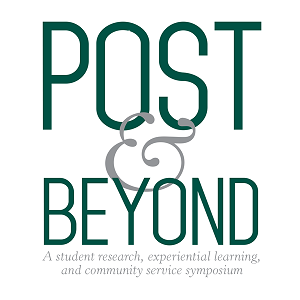A Procedure for Making Biofilm Biobanking a Reality / Old title: Biofilm Biobanking
Faculty Mentor
Fabrizio Spagnolo
Area of Research
Microbiology
Major
Biology
Description
Biobanking is the process of collecting, storing, and managing biological samples for long-term preservation and future research. While well-established systems exist for biobanking human tissues, fluids, and other biological materials, no standardized system currently exists for experimental bacterial biofilms. Biofilms, which are complex communities of bacteria encased in a self-produced extracellular matrix, are of particular interest due to their role in infectious diseases and environmental ecosystems. Developing a specialized biobank for bacterial biofilms would be a significant advancement in microbiological research. This study presents methodologies for collecting, storing, and preserving bacterial biofilm samples while maintaining their structural and genetic integrity once recovered. Establishing a reliable biofilm biobank will provide researchers with a valuable resource to study microbial interactions, test antimicrobial agents, and investigate biofilm resilience under different conditions.
A Procedure for Making Biofilm Biobanking a Reality / Old title: Biofilm Biobanking
Biobanking is the process of collecting, storing, and managing biological samples for long-term preservation and future research. While well-established systems exist for biobanking human tissues, fluids, and other biological materials, no standardized system currently exists for experimental bacterial biofilms. Biofilms, which are complex communities of bacteria encased in a self-produced extracellular matrix, are of particular interest due to their role in infectious diseases and environmental ecosystems. Developing a specialized biobank for bacterial biofilms would be a significant advancement in microbiological research. This study presents methodologies for collecting, storing, and preserving bacterial biofilm samples while maintaining their structural and genetic integrity once recovered. Establishing a reliable biofilm biobank will provide researchers with a valuable resource to study microbial interactions, test antimicrobial agents, and investigate biofilm resilience under different conditions.

